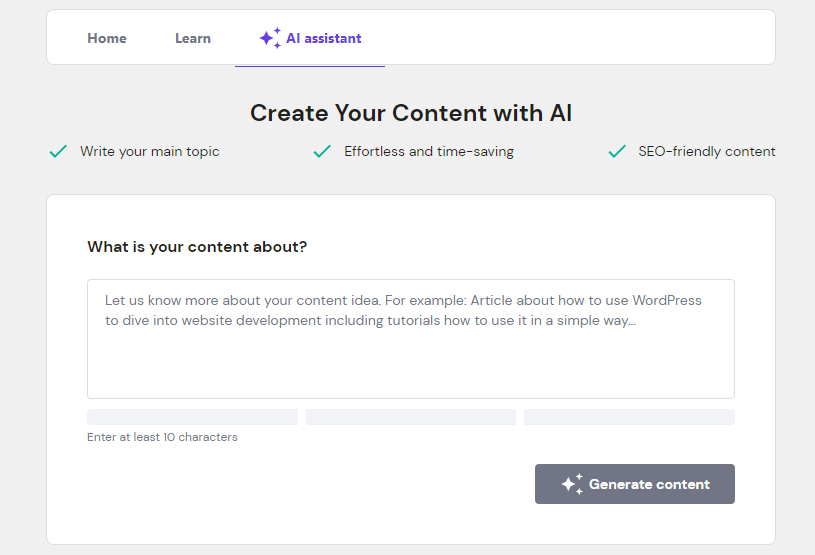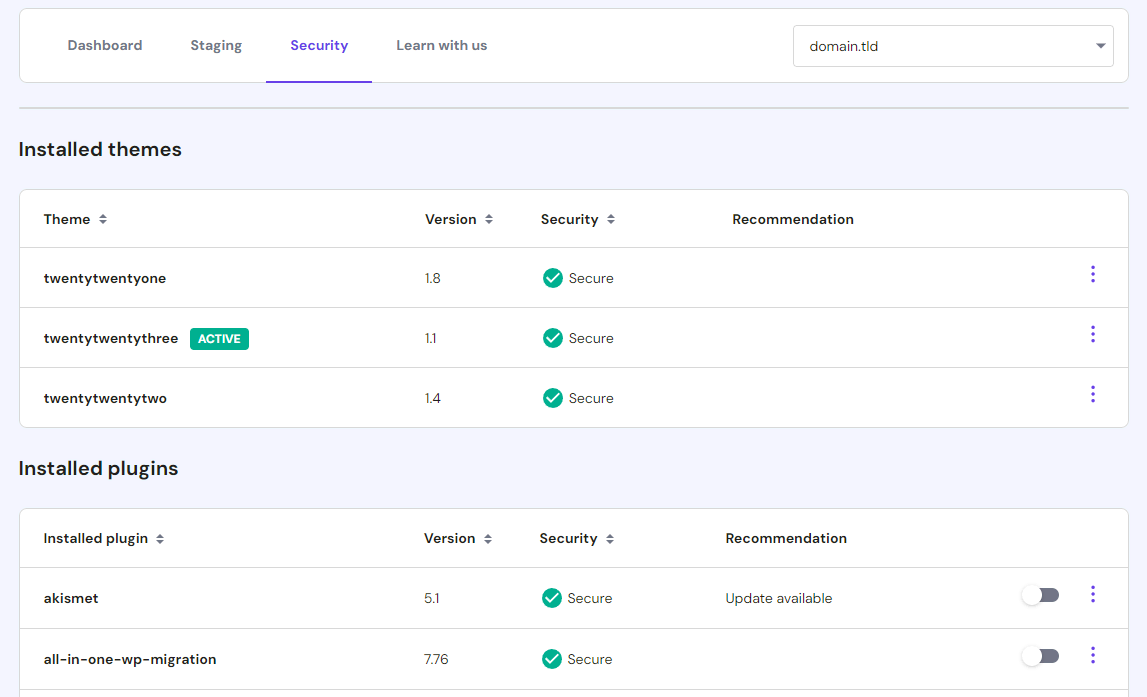Strategies for successful influencer marketing
Thanks to social media, we’re in a world that keeps us constantly connected with businesses and their brand images, products, and services. In the midst of that constant connection, social media influencers have emerged and risen to high peaks of popularity, making influencer marketing a viable strategy brands can use.
Although the term “influencer marketing” may sound like yet another buzzword, it is much more than that. Influencer marketing is about building interesting and ongoing relationships with influencers who share core values or ideas with your brand, leveraging their credibility and driving more conversions.
This article will discuss strategies businesses can follow to unlock influencer marketing’s full potential. We’ll give you insights into identifying the right influencers and building authentic partnerships, and how to create effective influencer marketing campaigns. Real quick, though, let’s first run through the definition of influencer marketing and how it got its start.
Influencer marketing defined
We can trace the origins of influencer marketing back to the old sponsored posts you’d see on Instagram, where brands partnered with big-name influencers and paid them to show off their goods. Not long after, Instagram introduced its branded content features to ensure influencers stayed honest about the brands they partnered with, encouraging them to tag their collaborations.
These days, you can think of influencer marketing as an ad or type of social media marketing strategy that drives brand awareness and leads with the help of social media influencers. You can think of the influencers as gurus of the niches they’ve carved out on their active social platforms, typically maintaining dedicated groups of followers that reliably trust and disseminate the information and content they put out.
While there are multiple ways to build a better and more engaged social following as a modern business, influencer marketing is a strategy that uses the human element in a way that few others do. If ever you wanted a cost-effective way to have someone else be your marketing megaphone, influencer marketing is for you. So, what are some strategies for successful collaborations and brand promotion?
Influencer marketing is a solid way to help your business expand its reach and promote its brand, and there are specific strategies to help unlock the potential of influencer marketing. Let’s talk about finding the right influencers to work with, building authentic partnerships, and crafting effective influencer marketing campaigns. Taken together, understanding influencer marketing strategies will help your business tap into new audiences, build credibility, and engage its target audience.



Find the influencers who are best for your brand
Laying the foundation for a successful influencer marketing campaign begins with the right influencers. Choosing the perfect influencer with whom to work can feel a little like finding a needle in a haystack, so it’s important to remember some tips:
- Identify your target audience so you can look for influencers who interact with them. Figure out your audience’s main interests, behaviors, and demographics, and try to collaborate with social media influencers who could help you start publishing content that speaks to that audience.
- Know your industry inside and out and find influencers who share your level of expertise. These types of influencers can help your brand seem authoritative in its niche, and there are plenty of tools you can use to search for influencers active in your industry.
- Consider more than followers and analyze an influencer’s audience demographics and key interests. See if what they and their audience have going on aligns with something your brand does, and then decide whether you’re ready to use their help to promote your products or services.
Nurture authentic relationships with your influencer partners
There’s no reason to work with a social media influencer who you can’t stand to be around. Each collaboration you have with your influencer partner should bring you closer together organically, with mutual interests and shared enjoyment of working with each other to create great social media content and posts.
As your influencer relationships are still in the early stages of developing, remember to approach your partner with a clear and authentic interest to learn more about their content, how they put it together, and strategies they use to connect with their (in this case also your) target audience and their interests. When you do decide to approach them, remember to have already come up with an attractive value proposition that will hook them and keep them listening to what you have to say.



Put together an influencer marketing strategy that works
Once you’ve chosen the influencer(s) with whom you’d like to work, you need to put together a sound strategy for your influencer marketing campaign. Follow these tips to create an effective influencer marketing strategy:
- Set your goals and define what you want to accomplish by working with an influencer. Whether you’re interested in generating more visibility around your brand or driving more sales, setting your goals from the get-go will make it much easier to measure how well your campaign is performing and identify areas of improvement.
- Create a message that you want your influencers to be saying about your brand, and ensure that your collaborative partners have clear instructions on how you want them to communicate that message.
- Remember to put together a budget, ideally upfront. Influencer marketing campaigns can become costly, so you’ll want to project how much you will spend working with your influencers before you get everything underway. Your budget should also include additional costs like platform and content creation costs.
Influencer marketing best practices
To wrap things up, let’s cover some key best practices that should be center-of-mind when you’re just getting started with influencer marketing. First, make sure you’re choosing the influencers who are best for your brand and have a strong record of authentically engaging with your target audience and their interests.
Second, clearly define your objectives and the types of content, calls to action, and messaging you want your influencers to deliver. Be upfront with your influencers about these things, and ensure they know exactly what you expect from them.
Third, remember to be transparent about the sponsorships your brand shares with your influencers to stay compliant with ad regulations and honest with your audience.
Finally, do your best to stay abreast of regulations. The regulations surrounding sponsored content are always in flux, and keeping up with regulations will help you avoid compliance-related headaches.
Get started with influencer marketing today
With influencer marketing, your brand can efficiently connect with a fresh audience and cultivate lasting and meaningful customer connections. With the help of the right influencer partnerships, a well-thought-out influencer marketing strategy, and authentic content, your business can tap into new audiences, build credibility, and drive meaningful engagement with its target market.
Source link











